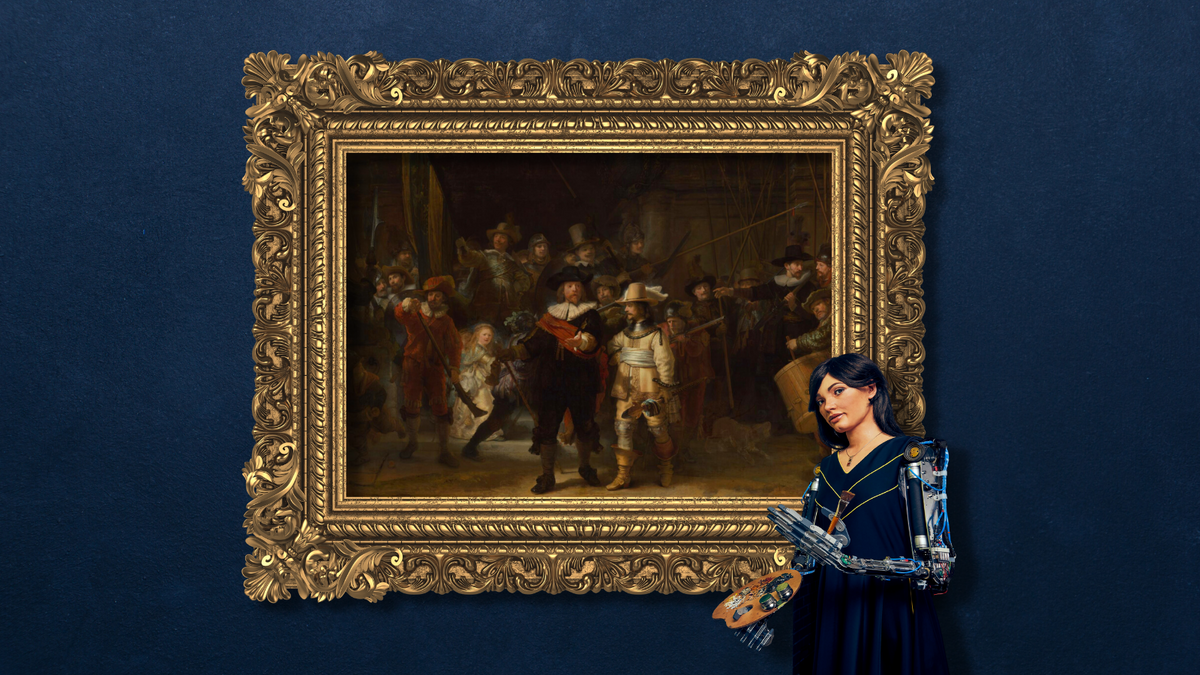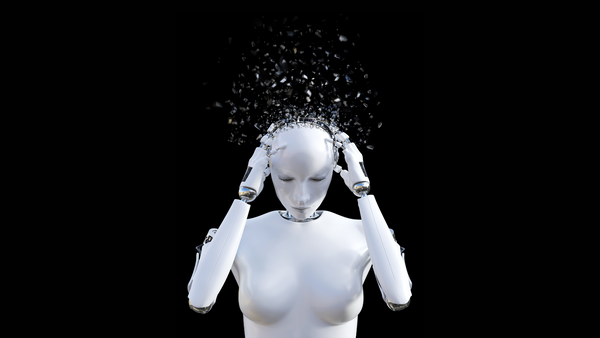Amsterdam’s Rijksmuseum has used AI to restore the missing edges of Rembrandt’s damaged masterpiece, The Night Watch. Finished in 1642, the canvas was trimmed on all four sides in 1715 to fit between two doors at Amsterdam’s city hall. The museum trained the AI using both a high-resolution scan and a second pre-trimmed painted copy by Gerrit Lundens.
Instead of hiring a painter for the reconstruction, the art was digitally recreated pixel-by-pixel in Rembrandt's style using a neural network and scanned photos to reference the details and colors used in the original. These missing pieces were then printed and mounted on the sides of the original painting, allowing visitors to visualize the entire canvas without manipulating the original’s authenticity.
Ch-ch-changes: Changes include 1) three figures on the left (two men and a boy), 2) a complete helmet on the right, 3) a clearer view of a boy running away from the militia in the left foreground, and 4) repositioning of the painting's composition, so its figures are in different places. The restored scans can also be viewed on the museum's website.








